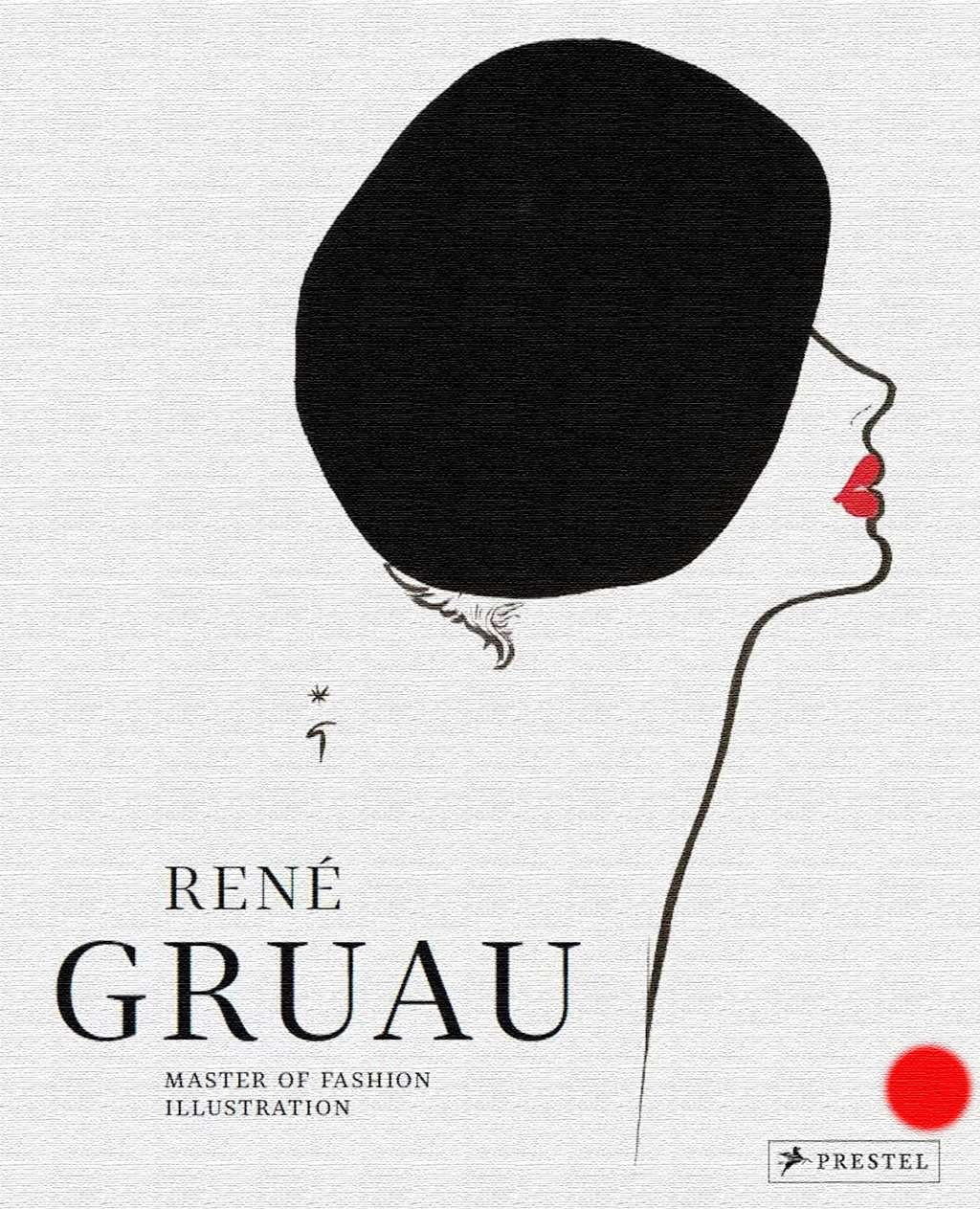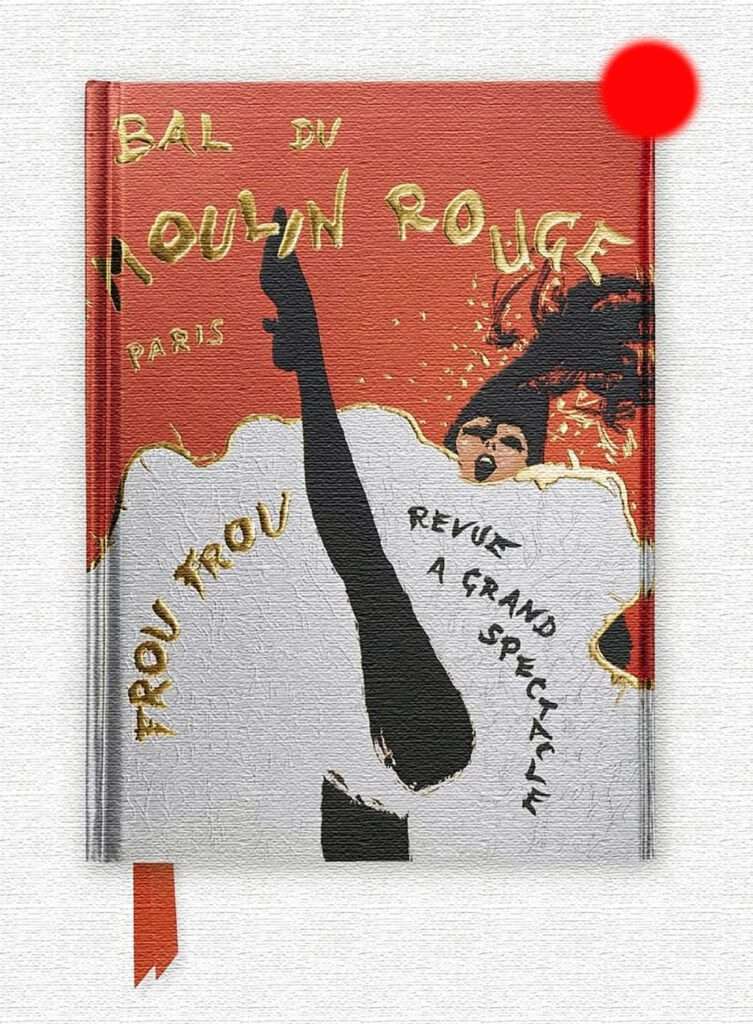
MY PROCESS:
His long-standing collaboration with International Textiles began in 1946, spanning nearly four decades, during which he crafted all their cover designs.
A pivotal year, 1947, marked the start of his legendary partnership with Christian Dior, forever linking Gruau’s name with the fashion house. This period saw the creation of iconic advertisements for Dior Perfums, including the celebrated perfumes “Eau Sauvage,” “Diorella,” and “Diorissimo,” where Gruau’s elegant silhouettes became synonymous with the essence of the fragrances.

We commonly imagine fashion-illustration with a female face and character. Still men just cannot be taken apart from fashion industry. This all makes drawing male fashion portraits quite challenging.
In Gruau’s world, the act of adorning oneself was not merely aesthetic but a spiritual and transformative experience, a philosophy that dates back to ancient Egypt, where appearance and spirituality were intertwined. Gruau’s artistry continues to inspire, a testament to his belief that to change one’s hat is to change one’s outlook on life.

Artist: René Gruau